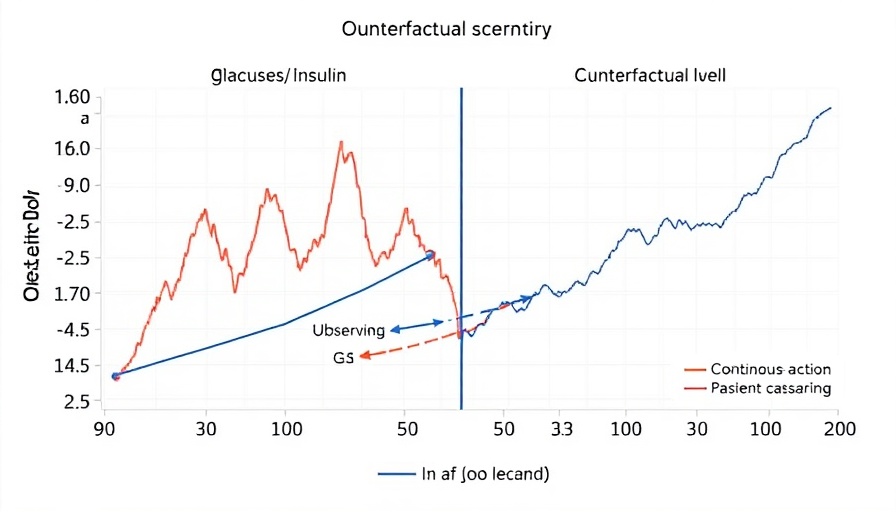
Understanding the Limitations of Language Model Agents
In recent years, the rise of Language Model Agents (LMAs) has drawn considerable attention in various sectors, including technology, business, and governance. This increasing interest is accompanied by a dangerous misconception: treating LMAs as normal agents that can autonomously navigate complex human interactions and adapt across varying contexts. However, a critical examination reveals that LMAs are not equipped to meet the expectations set for traditional agents due to inherent structural limitations.
The Misleading Assumptions about Agency and Intent
The paper titled "Position: Stop Acting Like Language Model Agents Are Normal Agents" by Elija Perrier and colleagues highlights how the conceptualization of LMAs carries significant implications for their deployment in real-world applications. Many organizations mistakenly assume that these agents can maintain coherent goals and possess a form of intentionality that drives consistent behavior. This flawed assumption can lead to severe misalignments between user expectations and the actual capabilities of LMAs, ultimately undermining trust in these technologies.
What Makes LMAs Different?
The authors argue that LMAs are ontologically distinct from normal agents. They inherit various pathologies linked to large language models, such as hallucinations, unpredictability, and misalignment. Such issues compromise their capacity for continuity and consistency. Furthermore, even with the incorporation of supporting scaffolding—like external memory and tools—LMAs remain ontologically stateless and semantically sensitive. This means their responses are not grounded in a persistent understanding of context, thereby leading to unpredictable interactions.
Pathologies and Their Implications in Practice
Pathologies intrinsic to LMAs can create significant hurdles in practical applications. For instance, their inability to provide reliable and consistent outputs raises questions about their integration into critical sectors such as healthcare and finance, where reliability is paramount. The authors stress the need for rigorous evaluation of LMA performance before, during, and after deployment. Understanding these limitations allows organizations to implement mitigating strategies, thus enhancing the utility and safety of LMA interactions.
Future Predictions: Navigating the LMA Landscape
As LMAs continue to evolve, insights from ongoing research can inform better frameworks for their development and application. The challenge remains not only to create more sophisticated models that can surpass the limitations of previous generations but also to ensure these models are aligned with human values. Future agents should facilitate goal-aligned interactions, thereby enhancing user trust and ensuring greater accountability.
Conclusion: Rethinking LMA Integration in Business
For executives and decision-makers in fast-growing companies, it's critical to approach the integration of LMAs with a clear-eyed view of their limitations. By recognizing LMAs as fundamentally distinct from normal agents, organizations can better manage expectations and invest in necessary training and development tools to enhance their effectiveness. This balanced perspective will provide the groundwork for a more trustworthy implementation of AI-driven systems in various sectors.
 Add Row
Add Row  Add
Add 




Write A Comment